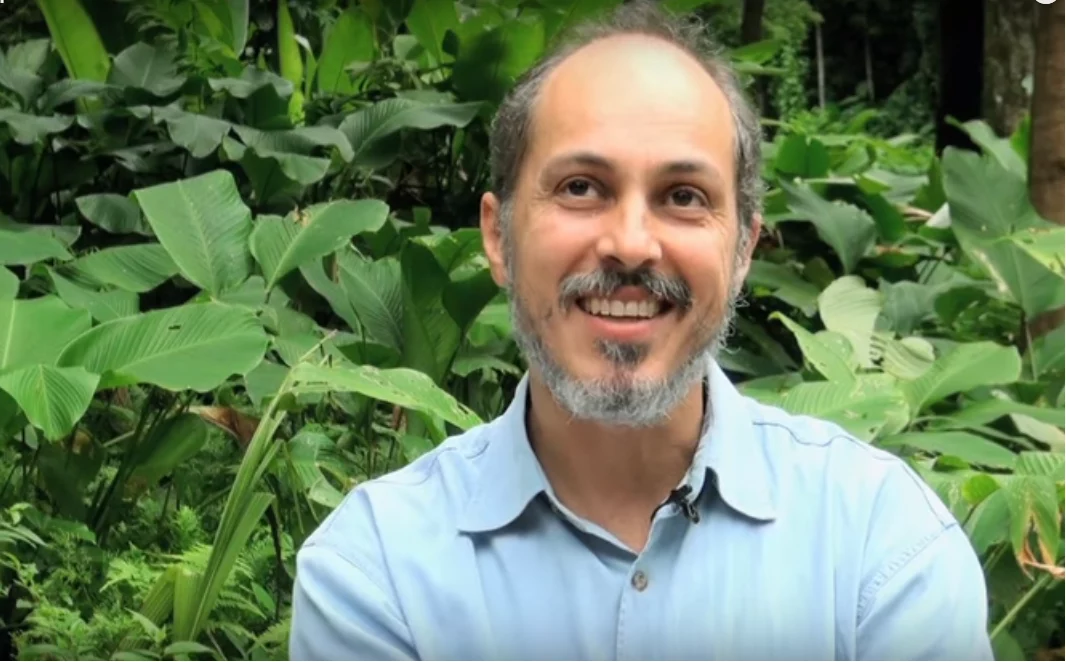Have you ever felt invisible?
- Gabriela Traversim

- Mar 12
- 2 min read
Updated: Mar 18
Have you ever stopped to think about the impact that exclusion can have on children, especially in school life? The book “ The Invisible Boy ”, written by American author Trudy Ludwig , is a portrait of childhood through the eyes of Brian, a little boy who is left out by his classmates. This book was chosen to be read with children in the 2nd grade students in the International Studies classes!

Brian, the protagonist of the book, is a talented boy - a natural artist, full of imagination and creativity - but who hides behind a pair of glasses and shyness. This lack of social skills prevents Brian from creating friendships. To make matters worse, his classmates end up forgetting about him, and he barely takes up any space in the classroom.
While the teacher, Ms. Carlotti is busy with the classmate who can't control the volume of their voices or the girl who insists on having things her way, Brian goes unnoticed.

The boy's story changes with the arrival of a new student, Justin. After watching Justin interact with other classmates, Brian leaves a note in his backpack, leading to their first interaction. The two begin to get to know each other and with Justin's kindness and respect for boundaries Brian's shyness imposes, and the boys become friends.
Throughout this narrative, we are invited to reflect on what it means to be ignored and excluded, and how small acts of kindness can transform the life of an isolated person.
Trudy Ludwig's book shares many similarities with another story, written by Brazilian author Tino Freitas and illustrated by artist Odilon Moraes: "The Invisibles". In this book, the boy protagonist has a superpower - in his family, he is the only one who can see invisible people. These people pass by the adults, but in the rush of everyday life, they are not seen.
While Tino and Odilon's book addresses the invisibility of individuals in a more social context, Trudy's book focuses on school life and the impact it has on children's moral development. The author uses simple but profound language that touches on themes such as empathy, friendship and acceptance. In addition, the illustrations by Patrice Barton connect with the young readers: Brian’s character gains color as he begins to feel like he belongs to the group of friends after Justin arrives.

Furthermore, the story has a significant impact on children, emphasizing how inclusion can make a difference - not only for those who feel excluded, but also for those who show kindness through their actions.
“The Invisible Boy” was chosen for the semester reading of 2nd grade students in the International Studies class, in its original language. The decision ensures that nothing is lost in translation, allowing the children and the teacher to engage with the text in the way the author originally intended. In other words, they are reading exactly what the author wanted to convey.
This book is an invitation for readers - whether children or adults - to reflect on the impact of their daily actions on the world around them.







Comments